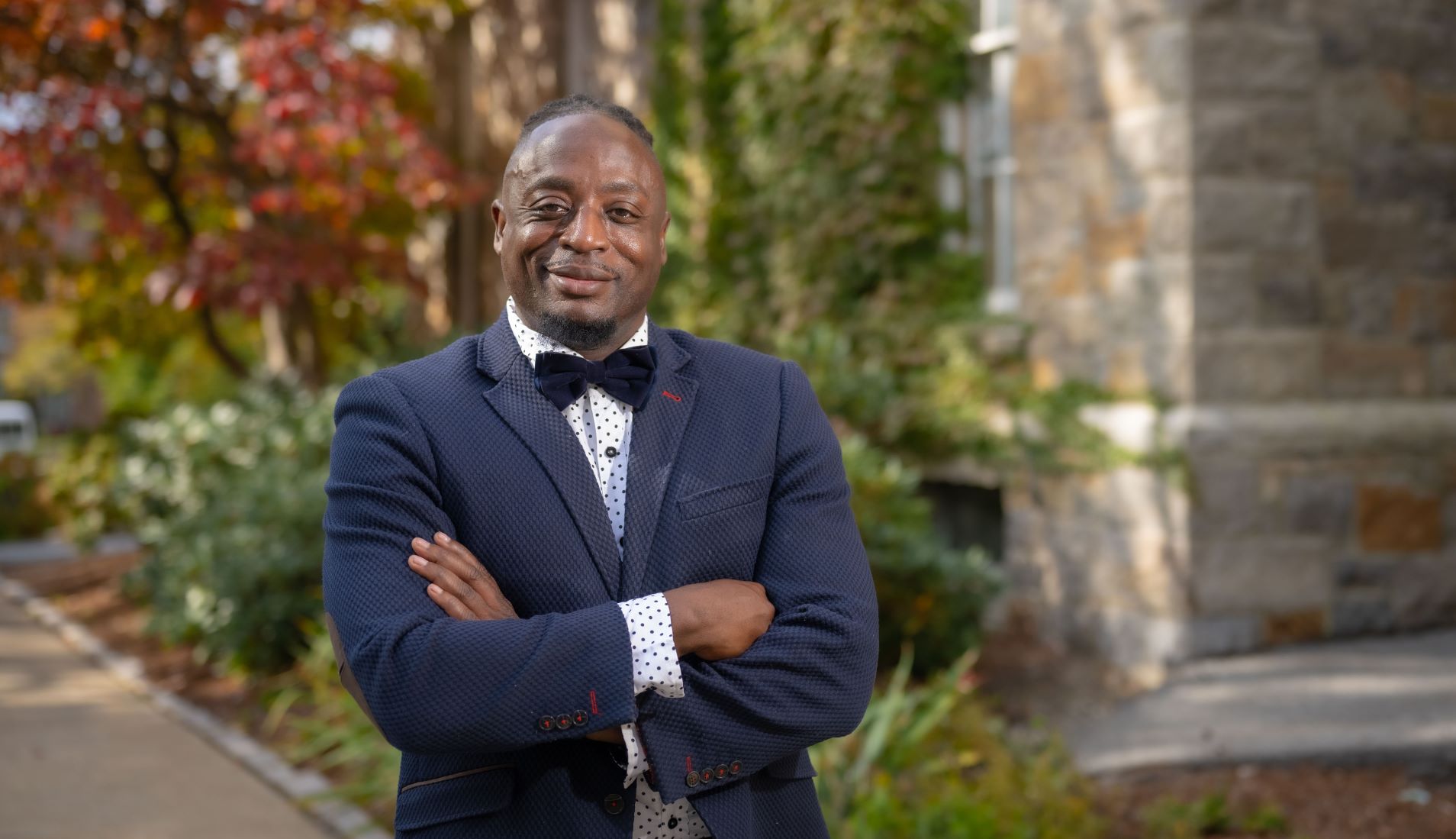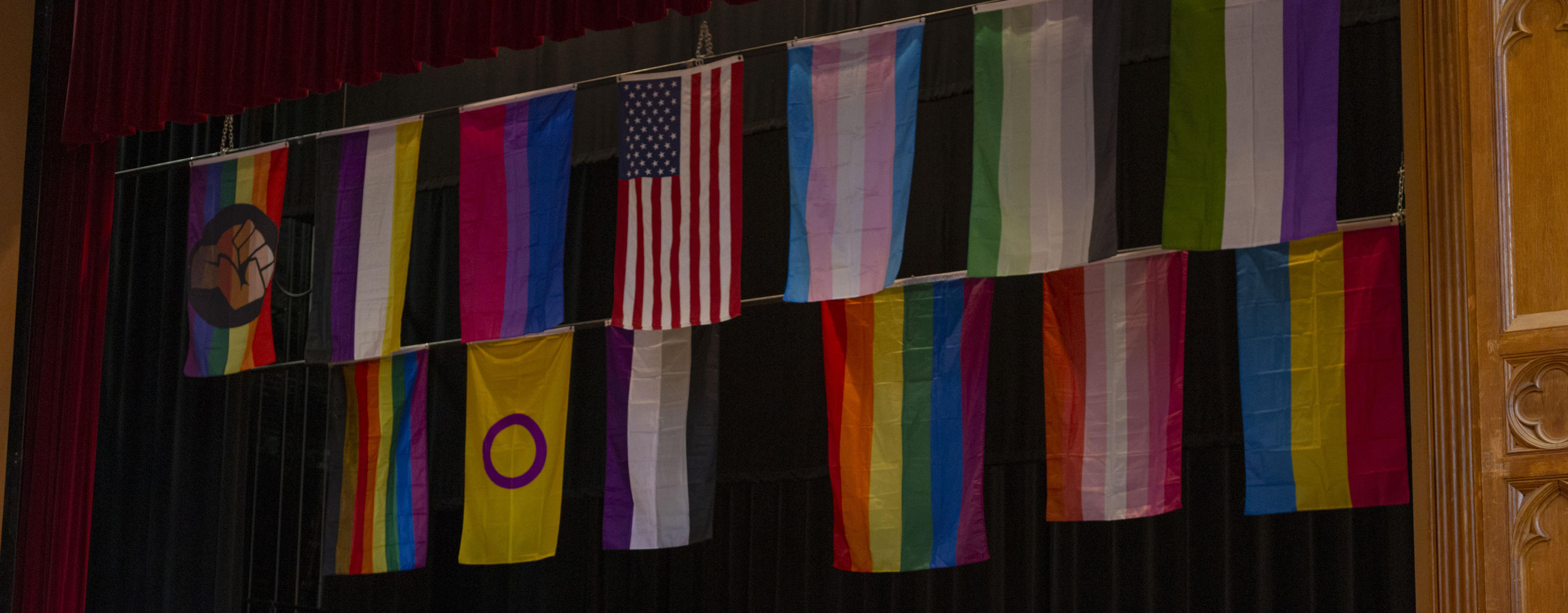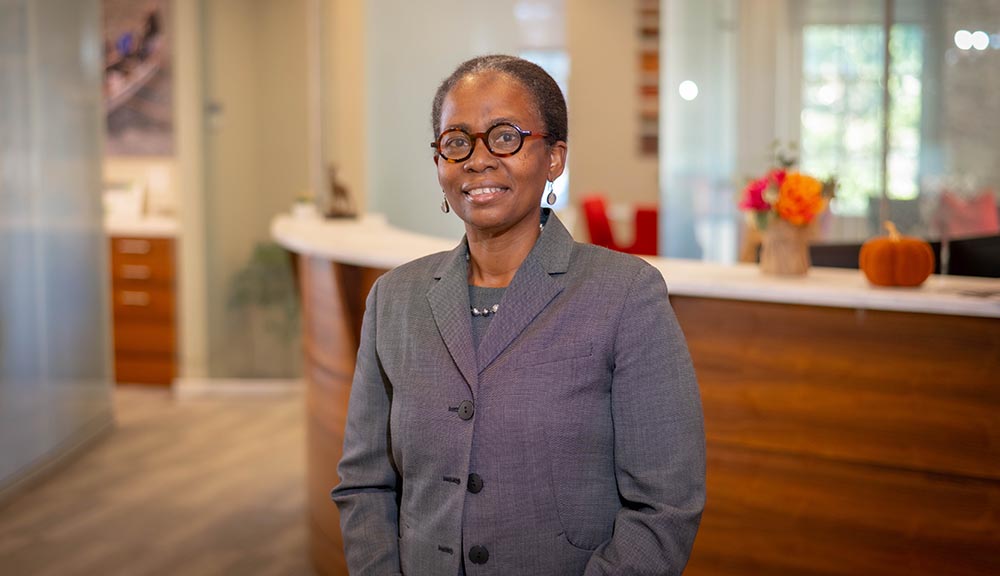Project Inclusion is now under way at WPI, launching a long-term process of building a campus community that not only celebrates diversity and inclusion but has the infrastructure in place to do that effectively and uniformly, as outlined in the Strategic Plan.
WPI is working with facilitators supporting the New England Resource Center for Higher Education (NERCHE), an organization that guides higher-ed institutions to assess campus diversity, inclusion, and equity with a NERCHE-designed self-assessment rubric.
According to Michelle Jones-Johnson, vice president for talent development and chief diversity officer, a readiness assessment has already been completed by the facilitators who, over the winter, met with and received feedback from administration, faculty, students, and staff.
WPI is now ready to move into Phase 2 of Project Inclusion and will be guided by NERCHE’s self-assessment rubric that will review diversity, equity, and inclusion in the university environment. Over the next three years, the WPI community will assess current practices, set goals for a future vision, outline the steps needed to get there, and begin implementing those changes.
Mindful of the WPI Plan and the university’s mission, the approach will engage members of the WPI community to hear their thoughts and ideas about what’s important in an inclusive and diverse culture as it relates to WPI specifically. The approach is dependent on the engagement of the WPI community, which will drive the initiative forward as a collective, supported—but not driven by—the facilitators.
“We are excited about Project Inclusion’s rubric assessment model, which is proven to be so effective because it is driven by the campus community, not by some administrative entity, and not by the consultants." -Bonnie Walker
The approach ensures the community is open to and fosters diversity in many forms, including diversity of thought and diversity of experience, says Jones-Johnson, who is leading the initiative with Bonnie Walker, executive director of diversity and inclusion strategy. The initiative allows WPI to continue cultivating a workplace and a campus that is welcoming, but also provides opportunities to discover new approaches or ideas that might not have been considered, or known, before.
“It’s important to me to engage people who are passionate about WPI,” says Jones-Johnson. “We as a community can come together to create a rich and robust workplace and learning environment where we can start to implement sustainable and structured positive cultural change.”
Jones-Johnson and Walker say the project is tailored to distinct areas of university life and encompasses six dimensions:
- Philosophy and Mission
- Faculty Support
- Curriculum, Pedagogy, and Research
- Staff Engagement and Involvement
- Student Support
- Administrative Leadership and Institutional Support
“We are excited about Project Inclusion’s rubric assessment model, which is proven to be so effective because it is driven by the campus community, not by some administrative entity, and not by the consultants,” says Walker. “The consultants’ role is to work as facilitators of the rubric, to guide the work flow, but not to influence its direction. The model assures that there is ample cross-sectional, campus-wide engagement and that change is institutional.”
The first year includes three phases and will take an especially broad look at what is already in place and working on campus, and where there are opportunities to reconsider current processes.
This summer, Jones-Johnson and Walker will prepare for the fall kickoff of the Rubric Steering Committee, compiling additional WPI data for the committee to review and build upon, as they form subcommittees and create a work plan. The Rubric Steering Committee will select two or three dimensions over the next year, and the work will continue over the next three years. As the initiative drills down to more detail, steering subcommittees will begin the work on more specific efforts of the selected dimensions.
“… the goal of this is that we create an environment that will support and allow people to thrive, so that our entire community is in a position where we are leading how an inclusive culture should be modeled, especially in higher education.” -Michelle Jones-Johnson
Other institutions implementing similar plans with NERCHE have made changes to outdated missions and philosophies to reflect their current actions and academic focus or have made conscious stated efforts to make decisions and proposals that reflect diversity, equity, and inclusion.
Later this year, a work plan development phase will begin to assess how to measure the results as the project progresses. This phase will start with the first few identified dimensions and continue as the project expands and new dimensions are prioritized and assessed.
“… the goal of this is that we create an environment that will support and allow people to thrive," says Jones-Johnson, "so that our entire community is in a position where we are leading how an inclusive culture should be modeled, especially in higher education.”
- By Julia Quinn-Szcesuil



